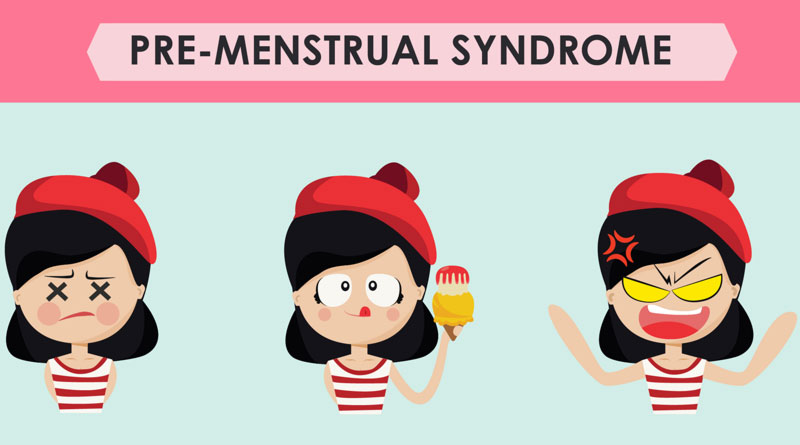Female Anatomy
There are major differences in body anatomy between males and females that require consideration. As more women are participating in sports, a number of these anatomic differences are being identified, often because men and women athletes sustain different types of injuries. In females, the hamstrings (muscles behind the leg) are not as strong as in males. Women also have a wider hip-to-knee ratio than men. A woman’s legs are relatively longer and her torso shorter than a man of comparable size. She has a lower center of gravity, less muscle mass, less dense bones, and higher body fat.
Anatomic differences between men and women go well beyond the reproductive and skeletal systems. For example, they involve the brain and organs such as the heart. In fact, heart disease is the leading cause of death among women in the United States. It is now described as an “equal opportunity killer.” Nine million American women suffer from heart disease. One in ten women between 45 to 64 years of age has some form of heart disease as does one in three women over age 65.
Women tend to suffer their first heart attack 10 years later than men. For reasons that remain unclear (and require more research), the likelihood for a younger woman to die from a heart attack is significantly greater than that of a man. A recent study found that among women younger than 50 years of age, the mortality rate was more than twice that of men of the same age! Moreover, the symptoms of an impending heart attack may be somewhat different in a woman than in a man. A woman may more often ignore the symptoms and fail to seek medical attention. Every woman needs to develop her own healthy heart program.
The Female Reproductive System
Since the female reproductive system plays such an important role throughout the life of a woman, it receives special consideration. A woman’s reproductive system includes her uterus, fallopian tubes, ovaries, cervix, and external genitalia. The breasts can also be included even though, technically speaking, they are not part of the reproductive system. The breasts do play a major role in pregnancy and motherhood.
Although the primary function of the reproductive system is to conceive and bear children, a female’s reproductive system makes a major contribution to her being a woman. Due to the complexity of her reproductive system, she can experience a number of problems ranging from yeast infections of the vagina to fibroids of the uterus or cysts of the ovary.
If a woman is to make informed choices about her health care, she must understand her reproductive system. In the U.S., the most common major surgery performed on women who are not pregnant is a hysterectomy. A hysterectomy, the surgical removal of the uterus, ends menstruation and a woman’s ability to become pregnant. A woman needs to comprehend her options before she can decide if a hysterectomy is the best solution for her particular medical condition.
 Parsi Teb Physical and Mental Health Journal
Parsi Teb Physical and Mental Health Journal 



